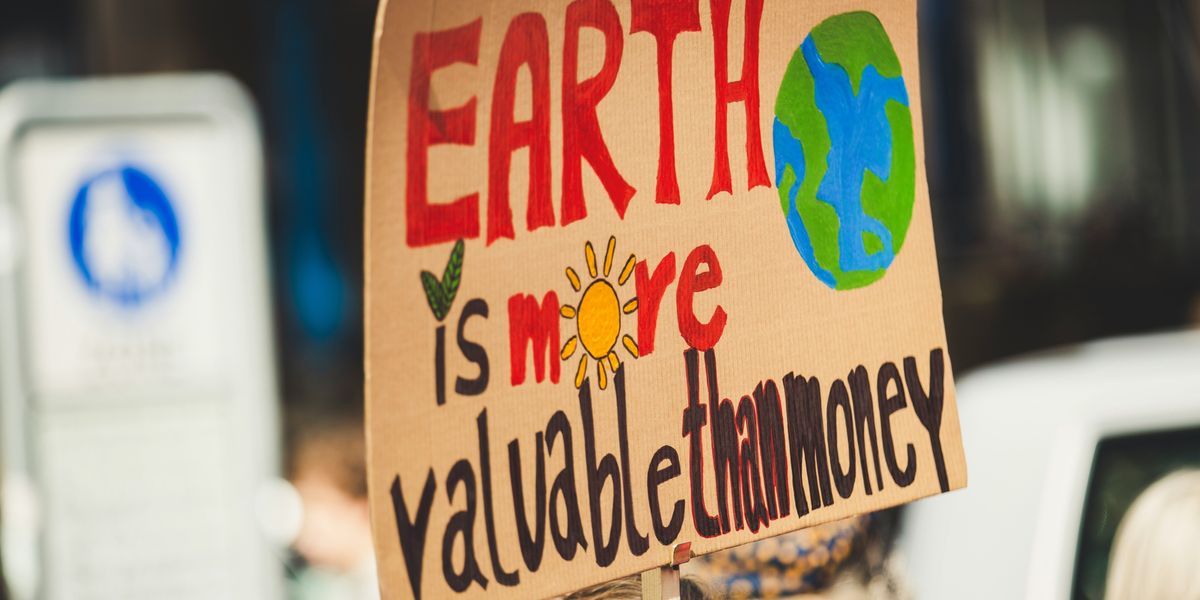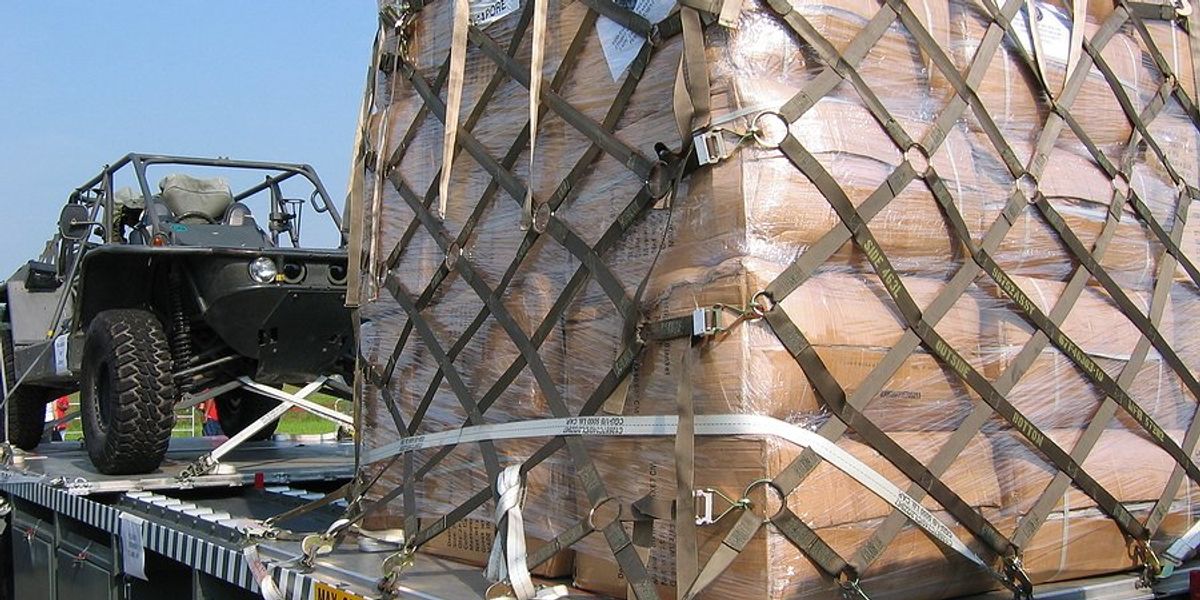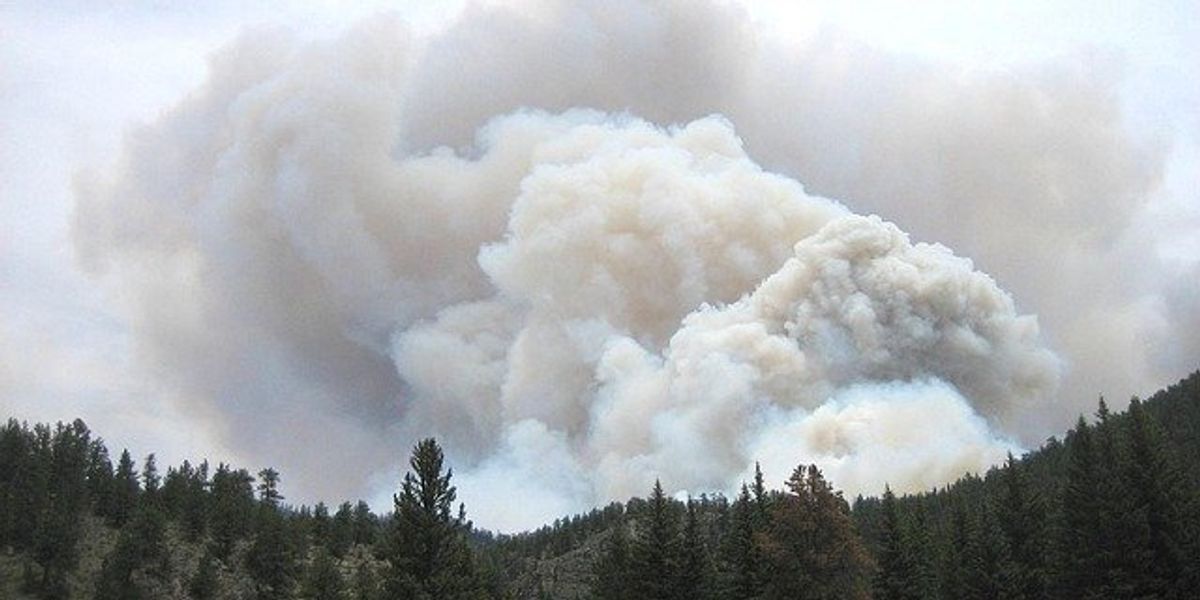carbon pipeline
Proposed carbon pipeline will miss some ethanol plant emissions
The planned $8 billion carbon pipeline in South Dakota promises to capture CO2 from ethanol fermentation but will leave emissions from fossil-fuel-powered equipment untouched.
In short:
- The pipeline aims to capture up to 18 million metric tons of CO2 from ethanol fermentation annually, but leaves 7 million tons from machinery emissions.
- CO2 from gas-powered equipment is harder to capture and more expensive due to its mixed composition.
- A report suggests ethanol production could achieve net-negative emissions by 2040 through carbon capture and other sustainability efforts.
Key quote:
"This is both a giant pipeline project and a drop in the bucket."
— Daniel Sanchez, assistant professor at the University of California-Berkeley’s Department of Environmental Science, Policy and Management
Why this matters:
Capturing only fermentation emissions limits the pipeline's environmental impact. Broader efforts are needed, including reducing natural gas use at ethanol plants, to meaningfully cut greenhouse gases.
Shell silently abandoned its $100 million-a-year plan to offset CO2 emissions
Carbon pipeline company's water-rights application sparks opposition
Carbon pipeline permit hearing kicks off with clashes on multiple fronts
A hearing for a proposed carbon capture pipeline got off to a tense start as conflicting views on the rules of procedure caused clashes.
| Stock Photo ID: 476275891 |
| Copyright: Macrovector SLU |
Rush to build carbon pipeline leaps ahead of federal rules and safety standards
In a nutshell:
With the fossil fuel industry doing battle on multiple fronts to protect their privileged position and preserve dominance in a "low-carbon" energy future, industry is doubling down on efforts to establish a network of pipelines devoted to largely untested carbon capture and storage technology. This includes a novel and potentially risky dive into converting existing natural gas pipelines to carry carbon dioxide.
Key quote:
“This stuff can kill,” said Richard Kuprewicz, an independent consultant and pipeline safety expert. “I don’t say that to scare anybody. I just say that to say, you have to think this through.”
Big picture:
According to the Pipeline and Hazardous Materials Safety Administration (PHMSA), updated rules to cover such pipelines are lacking and currently being rewritten with proposed regulations expected next year. In the absence of guardrails for gaseous CO2 and massive funds up for grabs, companies are rushing to gain regulatory advantage by exploiting existing loopholes before they vanish. In many cases CCS projects, at least in their planning stages, are being designed to follow the path of least political resistance — the economically disadvantaged, Indigenous groups and communities of color.
Rush to build carbon pipeline leaps ahead of federal rules and safety standards
At least two companies are planning to convert natural gas pipelines to carry carbon dioxide instead, but there aren’t yet any federal safety rules to cover them.
Navigator’s proposed carbon pipeline struggles to gain support in Illinois
McDonough County residents are asking officials to stand their ground as navigator offers payments totaling up to $18.9 million to the county in exchange for its support.



















